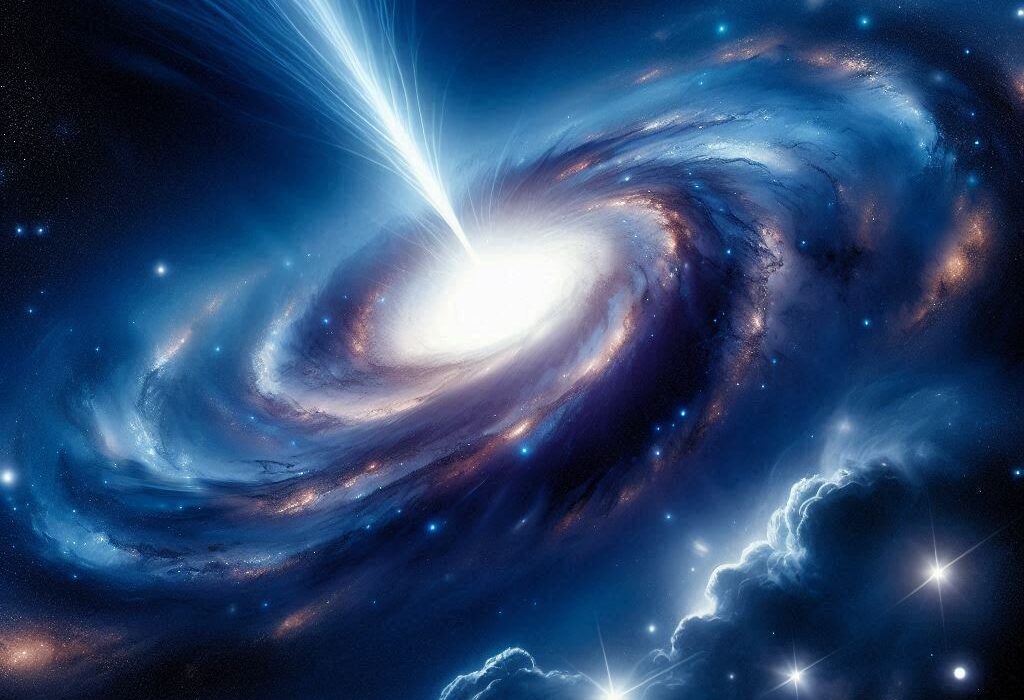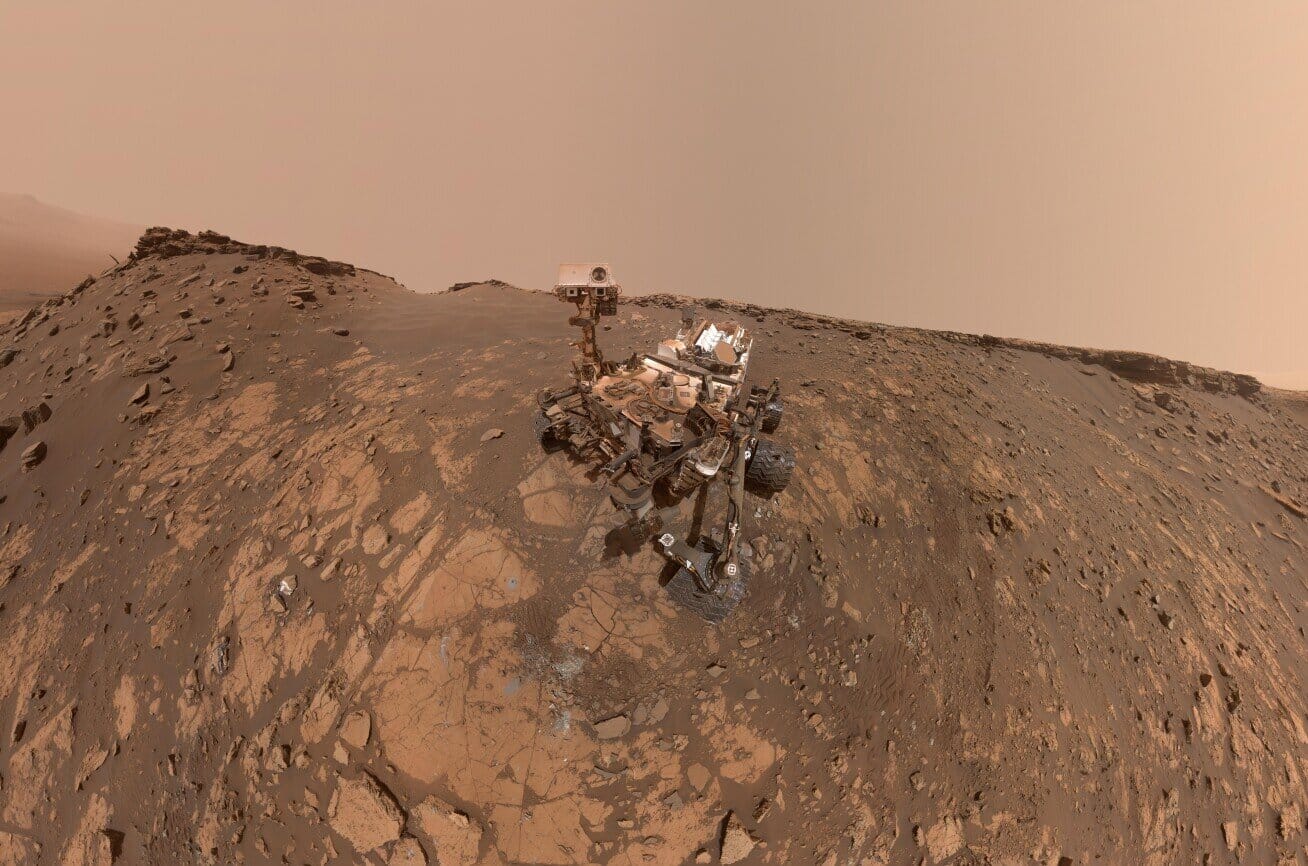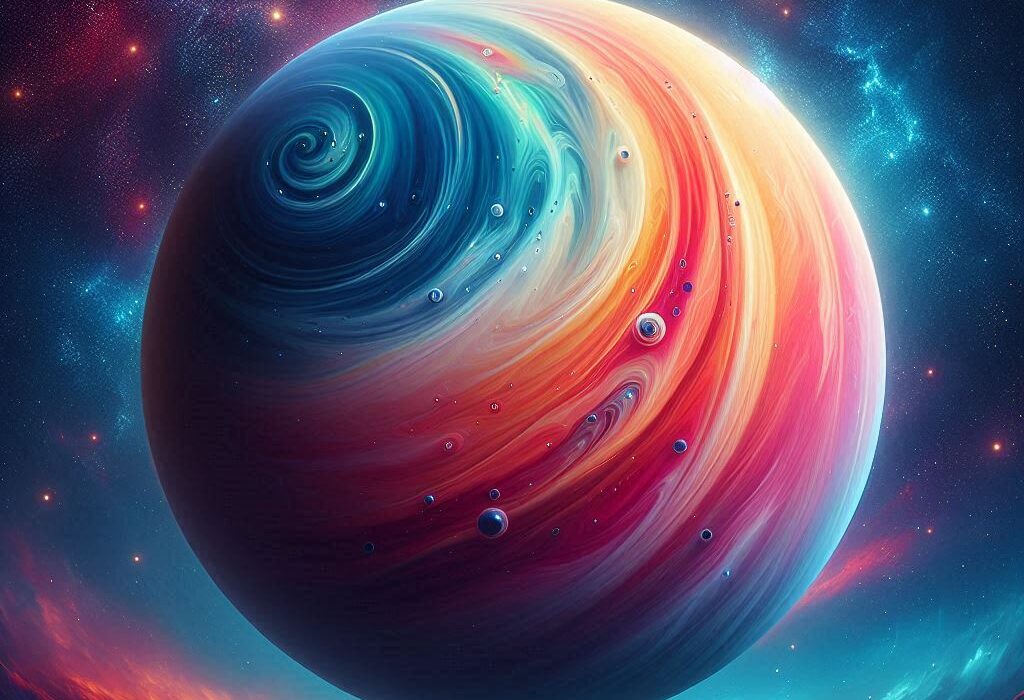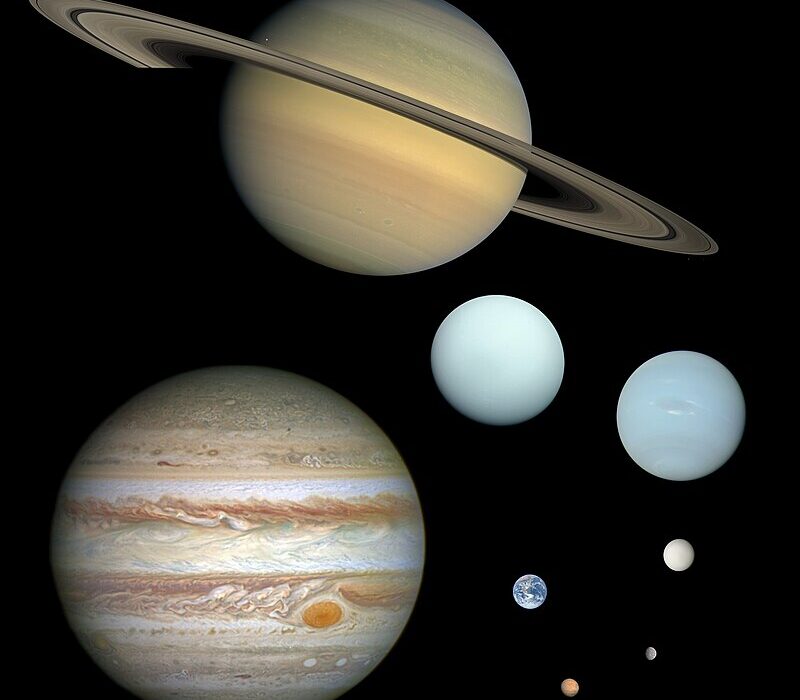Meteor showers are among the most beautiful and awe-inspiring natural spectacles visible from Earth’s surface. They light up the night sky with streaks of bright light, often leaving observers mesmerized by their brilliance and mystery. For millennia, people have looked up at these celestial events and wondered what causes them—ancient civilizations often interpreted them as omens or messages from the gods. Today, science allows us to understand meteor showers with precision and clarity, explaining their origins, patterns, and physical processes in remarkable detail. Yet, even with all our knowledge, the sight of a meteor shower continues to evoke the same sense of wonder it has inspired since the dawn of human history.
What Exactly Is a Meteor Shower?
A meteor shower is a celestial event that occurs when Earth passes through the trail of debris left behind by a comet or, in some cases, an asteroid. As these tiny fragments—known as meteoroids—enter Earth’s atmosphere at high speeds, they burn up due to friction with the air, creating the bright streaks of light we call meteors or “shooting stars.”
Each meteor shower appears to originate from a specific point in the sky known as the radiant. This point corresponds to the direction from which the meteoroids enter the atmosphere, and it is typically located in a particular constellation. For instance, the Perseid meteor shower appears to radiate from the constellation Perseus, while the Leonids originate from Leo. This apparent point of origin is what gives each meteor shower its name.
Meteor showers differ from sporadic meteors, which occur randomly throughout the year. While random meteors can be seen on any clear night, showers occur at predictable times when Earth intersects the orbit of a debris field. These predictable intersections make meteor showers regular events that astronomers can forecast with great accuracy.
The Origins of Meteor Showers
Meteor showers have their origins in comets—icy bodies that orbit the Sun on elongated paths. As a comet approaches the Sun, the increasing heat causes its ices to sublimate, releasing dust, gas, and small rocky fragments into space. Over time, these particles spread along the comet’s orbit, forming a trail of debris that lingers long after the comet has passed.
When Earth’s orbit crosses one of these debris trails, the tiny particles collide with our atmosphere at speeds ranging from 11 to 72 kilometers per second. Although most of these particles are no larger than a grain of sand, their immense velocity causes them to heat up and vaporize upon entry, producing a brilliant flash of light that can be seen from the ground.
In some cases, meteor showers are linked to specific comets. For example, the Perseids come from Comet Swift–Tuttle, the Leonids from Comet Tempel–Tuttle, and the Eta Aquariids from Halley’s Comet. Even after a comet moves far away from Earth’s orbit, its debris trail can persist for centuries, continuing to generate annual meteor showers.
A smaller number of meteor showers originate from asteroids rather than comets. These showers occur when asteroids shed material due to collisions or the gradual effects of sunlight on their surfaces. One such example is the Geminid meteor shower, which originates from the asteroid 3200 Phaethon, sometimes called a “rock comet” because of its unusual hybrid characteristics.
The Physics Behind the Glow
The spectacular glow of a meteor is a result of intense heating caused by atmospheric friction. As a meteoroid enters the atmosphere, it compresses the air in front of it, creating shock waves that rapidly increase temperature and pressure. The heat generated causes both the air and the meteoroid’s outer layers to ionize, forming a glowing plasma that emits visible light.
Contrary to common belief, the brightness of a meteor is not primarily due to the burning of the meteoroid itself but rather the ionized gases and vaporized material surrounding it. This glowing path can last for a fraction of a second to several seconds, depending on the speed, size, and composition of the meteoroid. Larger meteoroids can create particularly bright meteors known as fireballs or bolides, which may even leave persistent trails that glow for minutes after the meteor has passed.
The color of a meteor depends on both the composition of the meteoroid and the atmospheric gases it interacts with. For instance, sodium produces yellow hues, magnesium gives off bright white light, and copper yields greenish tones. Atmospheric oxygen and nitrogen can also contribute to red or blue shades, depending on altitude and temperature.
How Earth’s Orbit Creates Predictable Meteor Showers
Meteor showers occur on a regular schedule because Earth’s orbit intersects specific debris streams at the same points each year. These intersections occur because the paths of comets and asteroids are fixed relative to the Sun, and their debris trails remain aligned with their orbits.
As Earth travels around the Sun, it encounters these trails at consistent times, leading to predictable annual meteor showers. The timing may vary slightly from year to year due to gravitational influences from planets—especially Jupiter—which can alter the shape and position of debris streams. However, the general periods remain constant, allowing astronomers to forecast the best viewing times with remarkable precision.
Each meteor shower has a period of activity—typically spanning several days or weeks—during which meteors may be visible. However, there is always a peak period when Earth passes through the densest part of the debris field. During this peak, the number of visible meteors per hour can increase dramatically, sometimes reaching hundreds or even thousands under optimal conditions.
The Most Famous Meteor Showers
Over the course of a year, dozens of meteor showers occur, but a few stand out for their reliability and brilliance. The Perseids, Geminids, Leonids, and Quadrantids are among the most prominent.
The Perseid meteor shower, active each August, is one of the most popular because of its high meteor count and favorable viewing conditions in the Northern Hemisphere. Originating from Comet Swift–Tuttle, the Perseids produce bright meteors that often leave persistent trails.
The Geminid meteor shower, peaking in December, is considered one of the most spectacular. It originates from the asteroid 3200 Phaethon, making it unusual among major showers. Geminid meteors are often slow and multicolored, creating a dazzling display for observers willing to brave the cold winter nights.
The Leonid meteor shower, associated with Comet Tempel–Tuttle, is famous for producing meteor storms approximately every 33 years, when Earth encounters especially dense debris. Historical records show that the Leonids have, at times, generated tens of thousands of meteors per hour, turning the sky into a dazzling cascade of light.
The Quadrantid meteor shower, peaking in early January, is known for its short but intense peak activity. Although it lasts only a few hours, the Quadrantids can produce bright fireballs that light up the sky.
Other notable showers include the Eta Aquariids in May and the Orionids in October, both originating from Halley’s Comet, as well as the Lyrids in April and the Taurids in November.
Observing Meteor Showers: When and How
Observing a meteor shower requires little more than a dark sky and patience. The ideal conditions involve minimal light pollution, clear weather, and a location far from city lights. No telescope or binoculars are needed; the naked eye provides the best field of view.
Meteor activity is usually strongest after midnight, when the observer’s location on Earth is facing the direction of the planet’s orbital motion. During this time, Earth’s atmosphere sweeps up more debris, increasing the number of visible meteors.
The radiant point of the shower rises higher in the sky after midnight, making meteors easier to see. However, meteors can appear anywhere across the sky, not just near the radiant. For the best experience, observers should lie back and allow their eyes to adapt to the darkness for at least 20 minutes.
The Moon’s phase also plays a crucial role. Bright moonlight can wash out fainter meteors, so showers that coincide with a new moon or a crescent moon offer the best viewing conditions. Astronomers often publish annual meteor shower calendars indicating peak dates and moon conditions, allowing enthusiasts to plan ahead.
The Dynamics of Meteor Streams
A meteor shower’s intensity and duration depend on the structure of the debris stream it originates from. Over time, gravitational interactions with planets, solar radiation pressure, and the Poynting–Robertson effect—a drag caused by sunlight—can alter the distribution of particles within the stream.
Denser regions, known as filaments, produce outbursts or meteor storms when Earth passes through them. For example, the Leonid storms of 1833 and 1966 occurred when Earth encountered fresh trails ejected by Comet Tempel–Tuttle. During these events, meteors appeared at rates exceeding several thousand per hour, creating skies so bright that they were visible even in daylight.
As debris streams disperse over centuries, meteor showers can weaken or fade entirely. Conversely, newly formed streams from recently active comets can generate new showers. This dynamic evolution makes meteor showers a living aspect of the solar system—one that continually changes over astronomical timescales.
Why Some Meteor Showers Are Stronger Than Others
The strength of a meteor shower depends on several factors, including the density of the debris trail, the age of the stream, and Earth’s position relative to its center. Younger trails, composed of recently ejected material, are usually more concentrated, resulting in brighter and more frequent meteors.
The orbital inclination also matters. Debris trails that intersect Earth’s orbit at steep angles tend to produce shorter, more intense showers, while shallow intersections result in longer but less concentrated displays. The size and velocity of individual particles influence brightness and visibility. Faster meteors—like those of the Leonids—produce more dramatic streaks than slower ones, even if they are smaller in size.
Finally, atmospheric conditions play a role in visibility. High humidity, haze, or urban light pollution can drastically reduce the number of meteors visible to the naked eye. This is why professional observatories often locate meteor monitoring stations in remote, high-altitude regions with stable atmospheric conditions.
Historical and Cultural Significance
Throughout history, meteor showers have captured the imagination of humankind. Ancient Chinese, Babylonian, and Greek astronomers recorded observations of meteors, often associating them with divine or supernatural events. In many cultures, shooting stars were believed to be signs from gods, omens of fate, or the souls of the departed.
One of the earliest recorded meteor storms occurred in 902 CE in China, where observers noted “stars falling like rain.” The famous Leonid storm of 1833, visible across North America, left an indelible mark on the public imagination. The event, which produced tens of thousands of meteors per hour, was so intense that many believed the end of the world had come. It also inspired serious scientific study of meteors, marking a turning point in understanding these celestial events as natural phenomena rather than mystical signs.
In modern times, meteor showers continue to influence art, literature, and culture. They serve as reminders of humanity’s connection to the cosmos, inspiring poetry, films, and countless works of visual art. Their predictability also gives people a shared global experience—something that transcends language and culture.
The Role of Meteor Showers in Science
Meteor showers are not just spectacles for stargazers; they provide valuable scientific insights into the composition and behavior of comets, asteroids, and the solar system’s dust environment. By studying meteor trajectories, astronomers can reconstruct the orbits of their parent bodies, even identifying comets that may have disintegrated long ago.
Spectroscopic analysis of meteors reveals their chemical composition, offering clues about the materials that formed the early solar system. These studies show that meteoroids contain silicates, metals, and organic compounds—materials that contributed to the formation of planets and possibly even the origins of life on Earth.
Meteor observation also has practical applications. Monitoring meteor flux helps protect satellites and spacecraft from potential impacts. Although most meteoroids burn up in the atmosphere, larger fragments—meteors that become meteorites—can pose a risk to structures on the ground.
In recent years, high-resolution cameras and radar systems have been used to track meteors in real time, measuring their velocities and trajectories. This data helps refine models of the interplanetary dust environment, which is crucial for planning future space missions.
When Meteor Showers Surprise Us
While most meteor showers are predictable, occasional surprises occur when Earth passes through a newly formed or unusually dense debris field. These unexpected outbursts can produce short-lived but spectacular displays that catch even professional astronomers off guard.
For instance, the outburst of the Andromedids in the 19th century was caused by the breakup of Comet Biela, which released a massive amount of material. More recently, in 2022, Earth encountered dense debris from Comet 73P/Schwassmann–Wachmann, leading to predictions of a potential meteor storm. Such events highlight the dynamic and ever-changing nature of our solar system.
Predicting meteor activity remains an inexact science because it depends on the precise distribution of particles in space—something that cannot always be measured. However, ongoing improvements in computer modeling and astronomical observation continue to make forecasts more accurate.
The Life Cycle of Meteors and Meteorites
Not all meteors disintegrate completely in the atmosphere. Larger ones can survive their fiery passage and reach the ground as meteorites. The transformation from meteoroid to meteor to meteorite represents different stages of the same process, each offering a window into cosmic history.
When a meteoroid enters the atmosphere, it experiences immense pressure and heating. Smaller fragments vaporize entirely, while larger ones slow down as they lose mass. Eventually, the remaining fragment cools and falls to the surface at terminal velocity—usually between 100 and 300 kilometers per hour.
Meteorites are invaluable to scientists because they are direct samples of extraterrestrial material. Analyzing their isotopic composition provides insights into the early solar system, planetary formation, and the distribution of organic molecules in space. Some meteorites, such as carbonaceous chondrites, contain amino acids and other prebiotic compounds, reinforcing the hypothesis that meteor impacts may have contributed to life’s origins on Earth.
Why Meteor Showers Are Important for Humanity
Meteor showers remind us of our place in the cosmos. They connect everyday observers with cosmic events that span millions of kilometers and billions of years. Each streak of light represents a fragment of a comet or asteroid—an ancient remnant of the solar system’s birth—meeting Earth in a fleeting moment of beauty.
Beyond their aesthetic and scientific value, meteor showers symbolize the shared human experience of wonder. Across cultures and generations, people gather to watch them, transcending boundaries of geography and language. They serve as universal reminders that, despite our differences, we all inhabit the same small planet orbiting a vast and dynamic Sun.
Meteor showers also underscore the interconnectedness of celestial mechanics and natural phenomena. The same gravitational forces that guide planets and comets also orchestrate these cosmic displays, demonstrating the elegance and unity of the universe’s laws.
The Future of Meteor Shower Research
Advancements in technology are revolutionizing how we study meteor showers. Automated sky surveys, all-sky cameras, and satellite-based sensors now provide continuous monitoring of meteor activity. Machine learning algorithms analyze these observations to predict future showers and identify new streams.
NASA’s All-Sky Fireball Network, for instance, uses a network of cameras across the United States to record bright meteors and calculate their trajectories. Similar networks around the world contribute to a growing global database of meteor events. These systems not only enhance our understanding of meteor showers but also improve planetary defense strategies by detecting potential impactors.
In the coming decades, missions to comets and asteroids will shed more light on the origins of meteoroid streams. Sample-return missions, like Japan’s Hayabusa2 and NASA’s OSIRIS-REx, are already providing unprecedented insights into the composition of small bodies that spawn meteor showers. Such missions bridge the gap between observation and direct analysis, deepening our understanding of the cosmic processes that shape our sky.
Conclusion
Meteor showers are one of nature’s most enchanting spectacles, blending cosmic mechanics, atmospheric physics, and human curiosity into a single experience of wonder. They are windows into the solar system’s past, reminding us that Earth is part of a dynamic, ever-changing celestial environment.
From their origins in ancient comets to their fleeting brilliance across our night skies, meteor showers tell a story of movement, transformation, and connection. They reveal how cosmic debris—silent travelers from the outer reaches of the solar system—interacts with our planet in a dance of fire and light.
Every meteor shower offers a reminder that the universe is not static but alive with motion and energy. Whether observed from a mountaintop, a desert plain, or a city rooftop, the sight of meteors streaking across the heavens reconnects us with the vastness of space and the enduring beauty of the cosmos.
To witness a meteor shower is to glimpse eternity in motion—an ancient spectacle unfolding anew with every revolution of the Earth.






